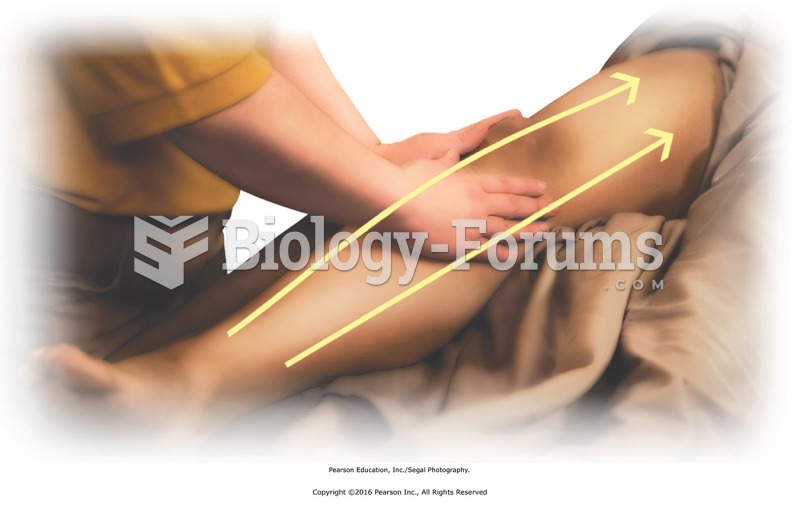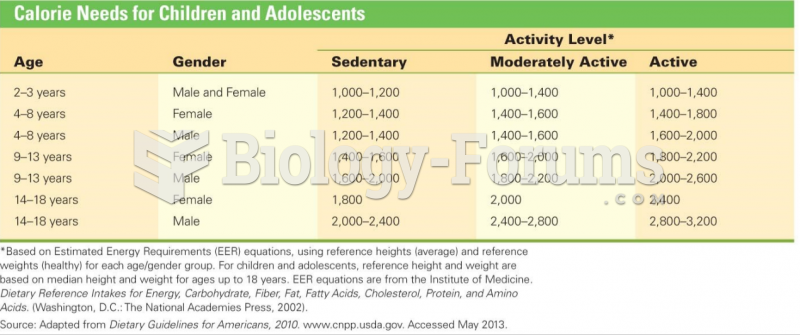Answer to Question 1
Physical maturity and growing independence present adolescents with new choices. The consequences of those choices will influence their health and nutrition status both today and throughout life. Many of the food and health choices adolescents make reflect the opinions and actions of their peers. When others perceive milk as babyish, a teen may choose soft drinks instead; when others skip lunch and hang out in the parking lot, a teen may join in for the camaraderie, regardless of hunger. Some teenagers begin using drugs, alcohol, and tobacco; others wisely refrain. Adults can set up the environment so that nutritious foods are available and can stand by with reliable information and advice about health and nutrition, but the rest is up to the adolescents. Ultimately, they make the choices.
Answer to Question 2
Adolescence is a crucial time for bone development, and the requirement for calcium reaches its peak during these years. Unfortunately, many adolescents, especially females, have calcium intakes below recommendations. Low calcium intakes during times of active growth, especially if paired with physical inactivity, can compromise the development of peak bone mass, which is considered the best protection against adolescent fractures and adult osteoporosis. Increasing milk and milk products in the diet to meet calcium recommendations greatly increases bone density. Once again, however, teenage girls are most vulnerable because their milkand therefore their calciumintakes begin to decline at the time when their calcium needs are greatest. Furthermore, women have much greater bone losses than men in later life. In addition to dietary calcium, physical activity causes bones to grow stronger. Because some high schools do not require students to participate in physical education classes, however, many adolescents are not as physically active as healthy bones demand.







